
Understanding Medical Laboratory Errors: Impact and Prevention
Medical laboratories are integral to the healthcare system, providing crucial diagnostic data that influences patient care and treatment decisions. However,

Medical laboratories are integral to the healthcare system, providing crucial diagnostic data that influences patient care and treatment decisions. However,

Patient safety culture refers to the shared values, beliefs, and norms about the importance of patient safety within a healthcare organization. It reflects how safety is perceived, managed, and prioritized in daily healthcare practices.
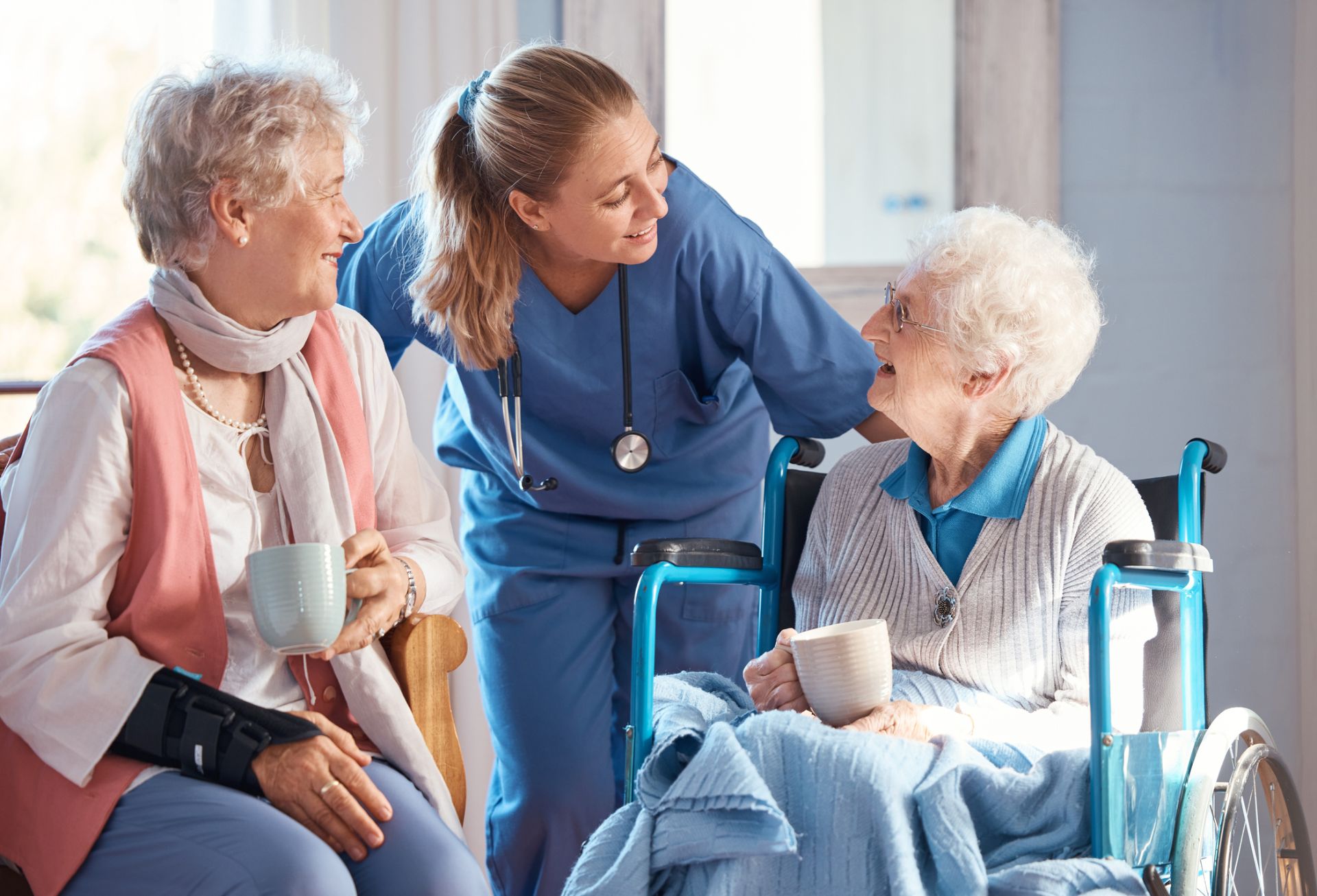
Introduction Senior care facilities play a crucial role in caring for the elderly, but face unique quality and safety challenges.
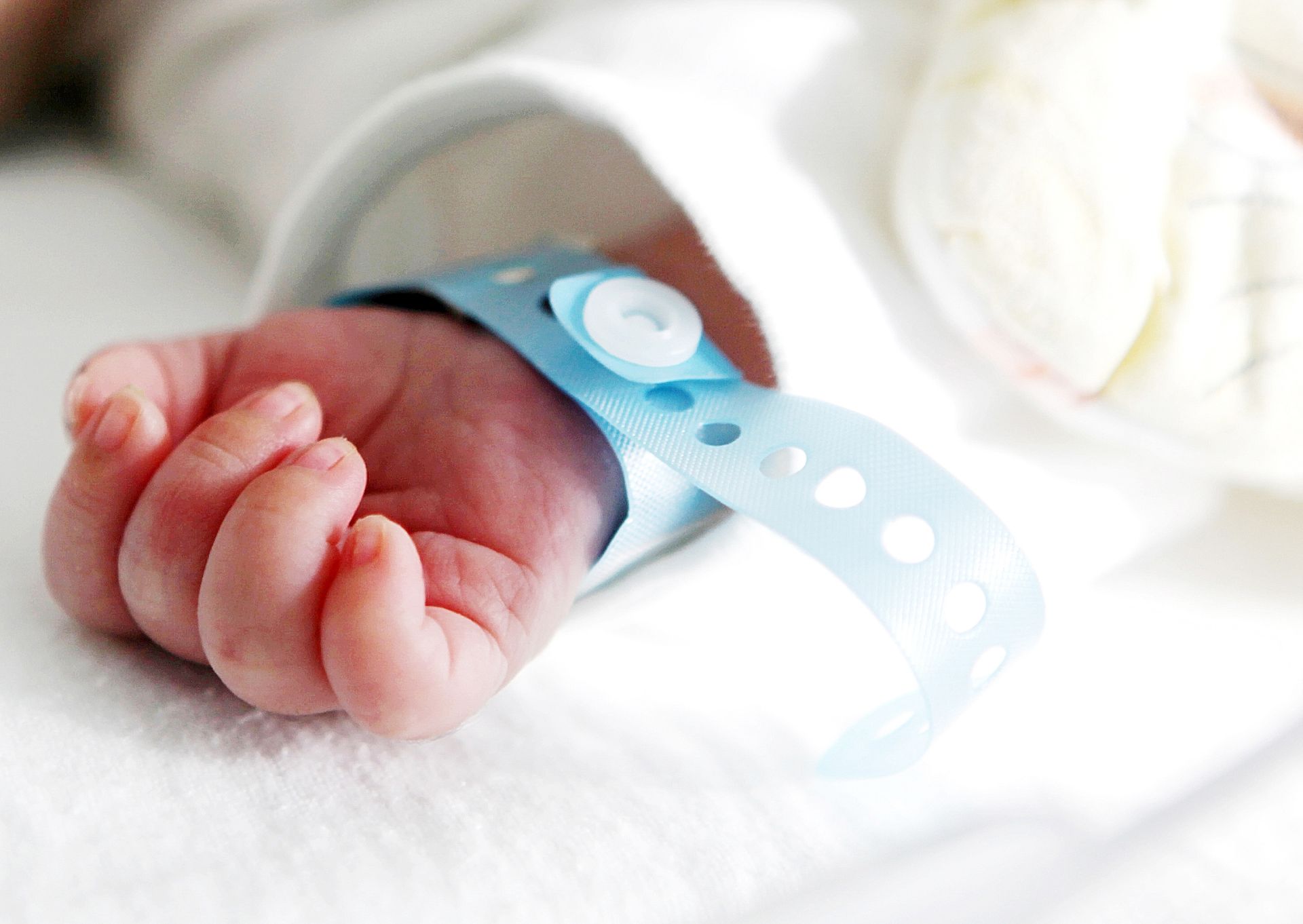
Patient safety hinges on accurate patient identification. Misidentification is a persistent and serious concern that can trigger a cascade of
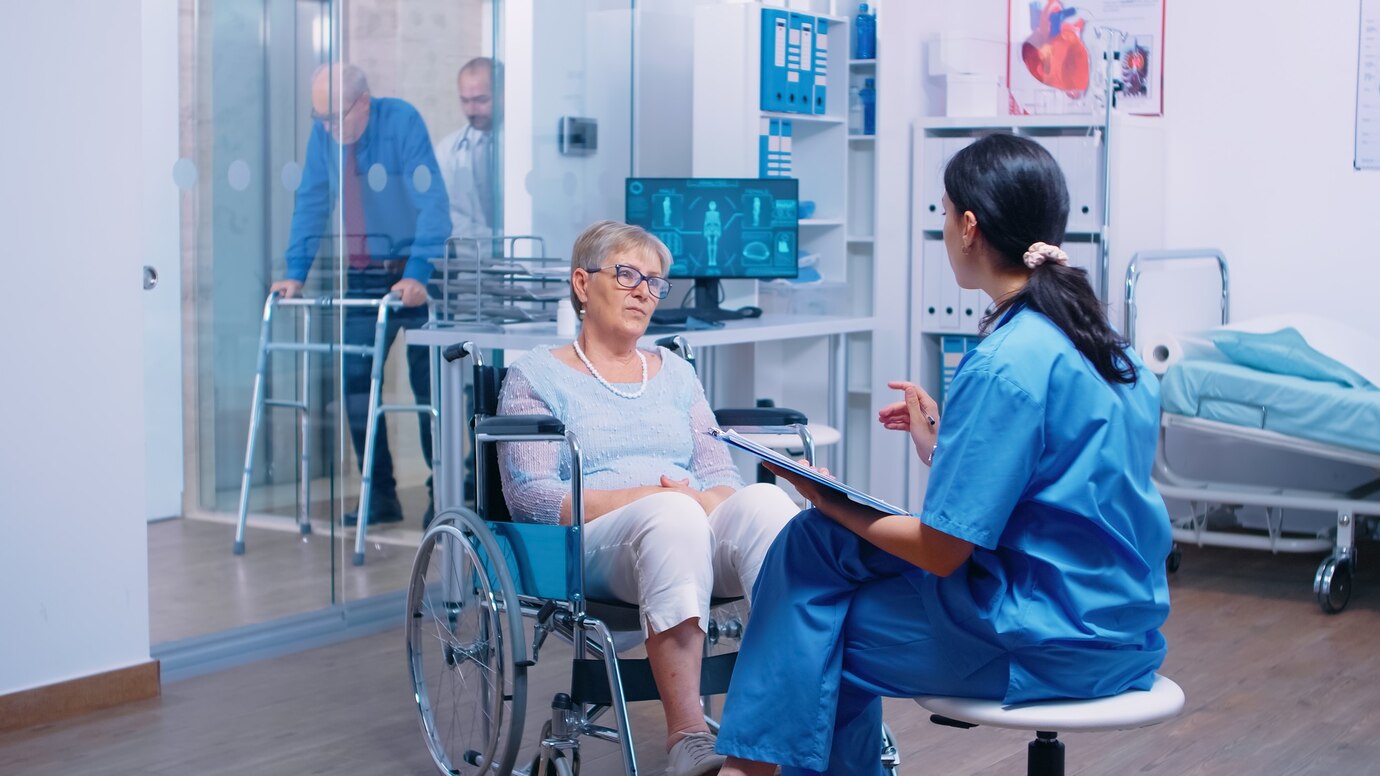
ECRI’s report on the Top 10 Patient Safety Concerns identifies the most pressing patient safety concerns in 2025. While these
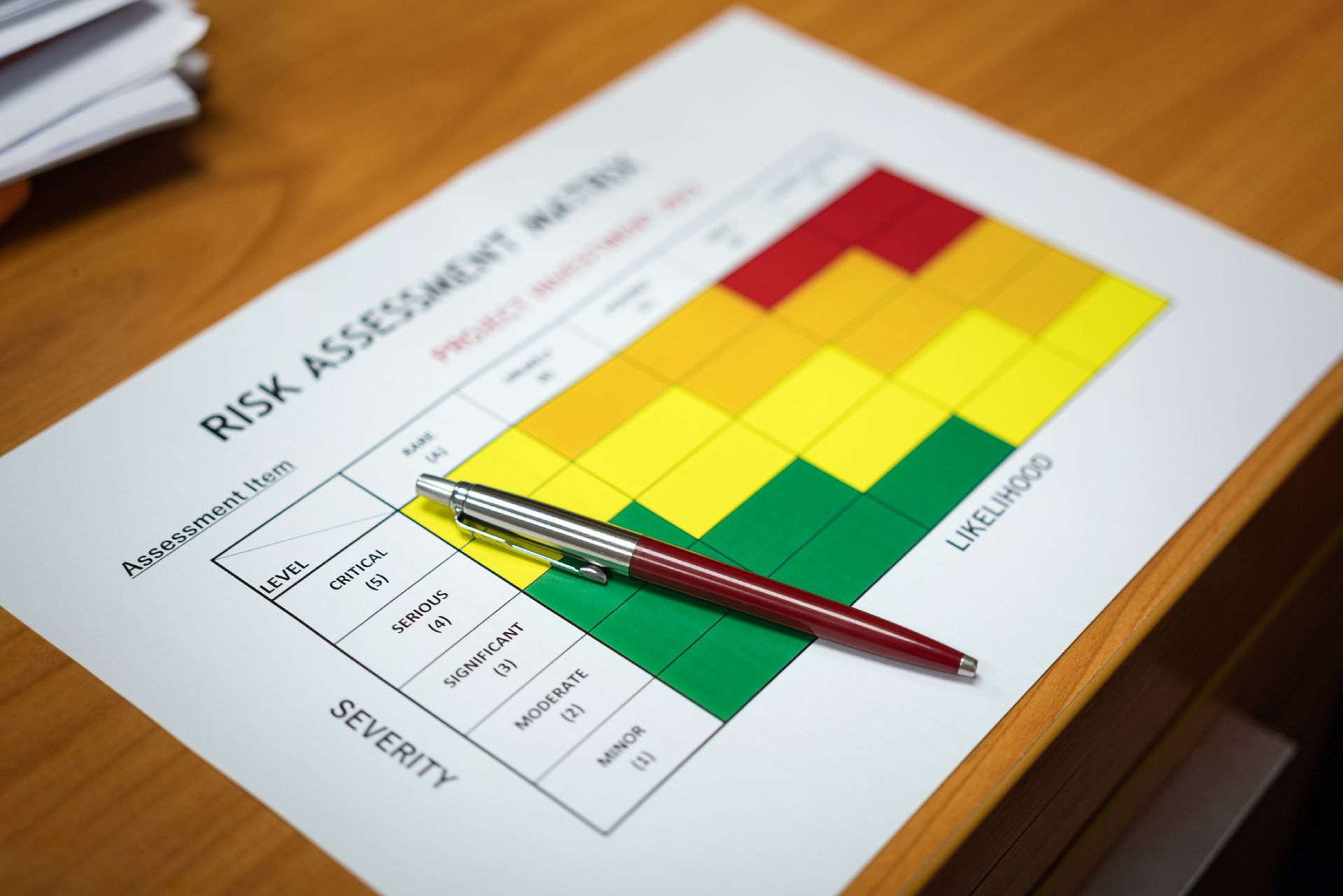
The Severity Assessment Code (SAC) Matrix is a risk assessment tool widely used in healthcare to evaluate and categorize the

The new Aged Care Act in Australia introduces new challenges for NDIS providers who offer aged care services or having
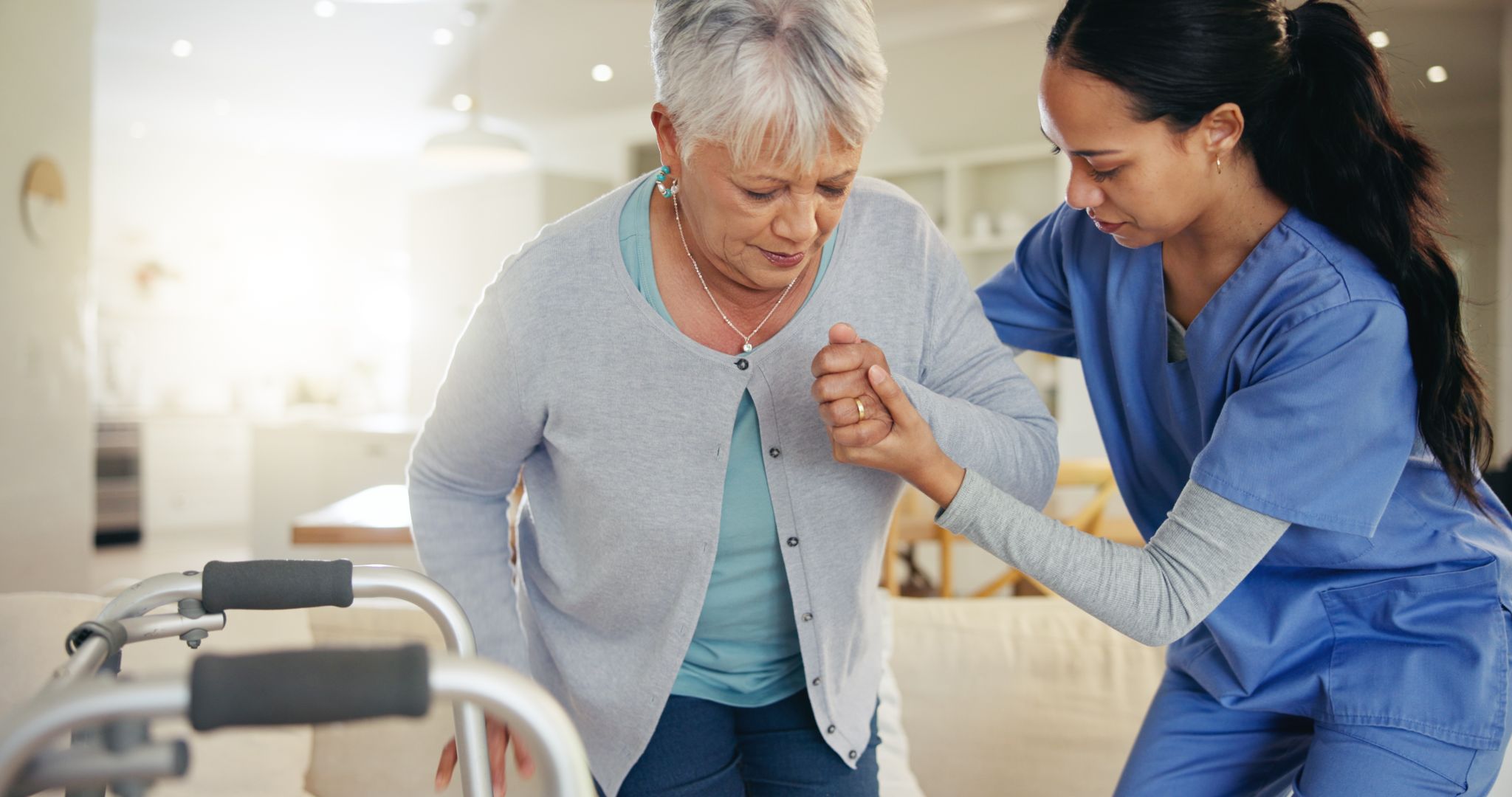
The new Aged Care Act, set to take effect on July 1, 2025, introduces sweeping reforms designed to enhance the

The advent of artificial intelligence (AI) holds tremendous potential to transform the healthcare industry. Healthcare organizations are increasingly adopting AI
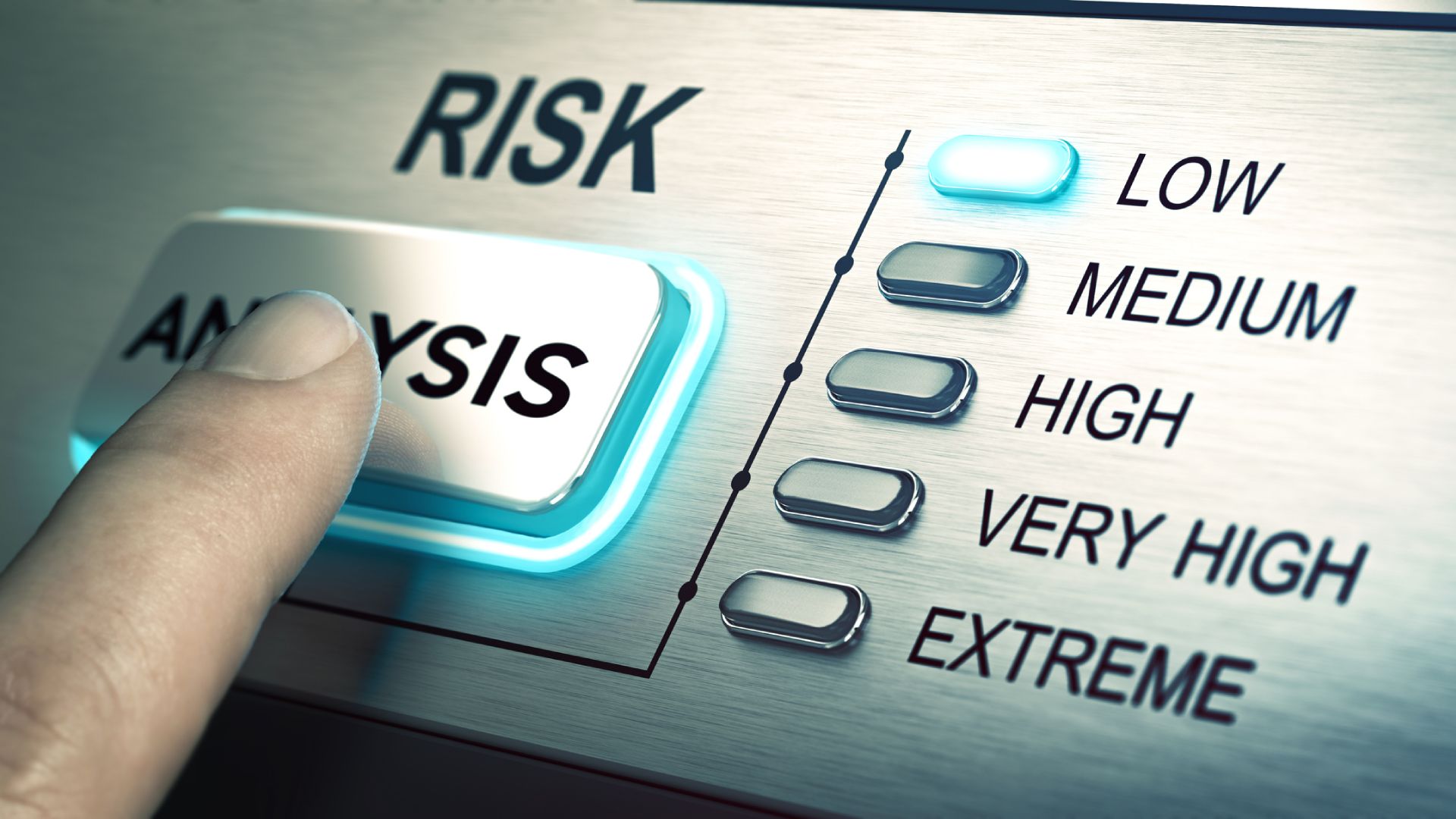
What is Proactive Risk Assessment? Proactive risk assessment (PRA) is a systematic approach to identifying, analyzing, and mitigating potential hazards